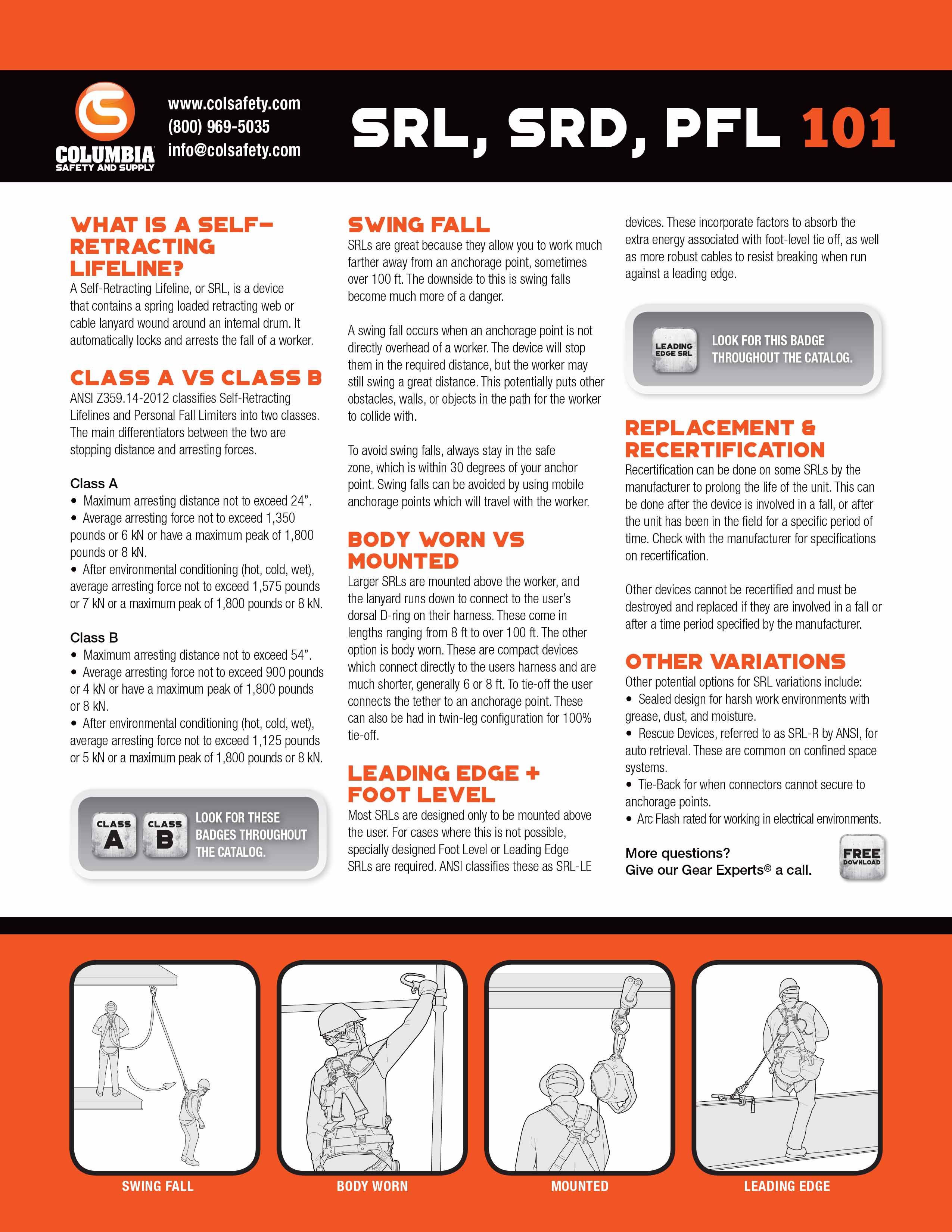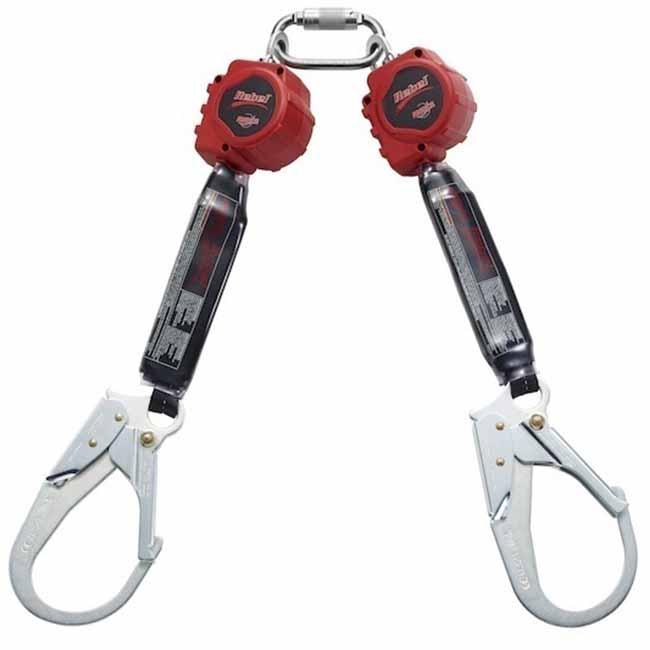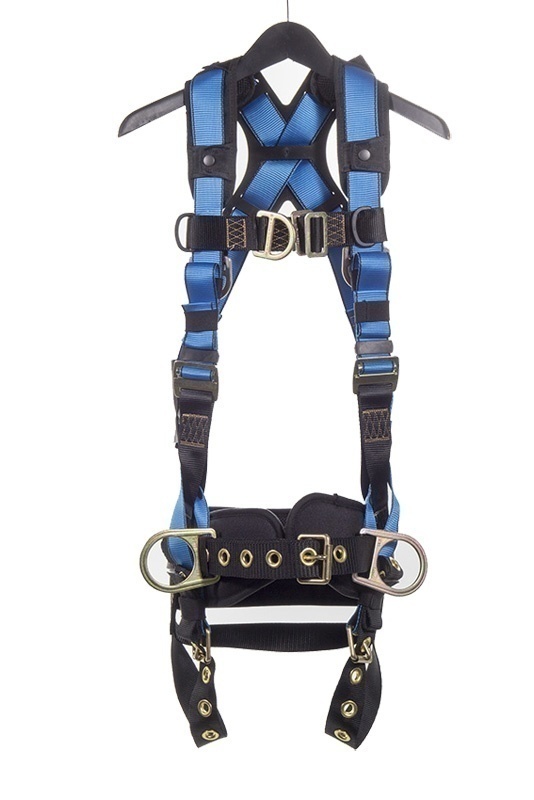YOU HAVE NO ITEMS IN YOUR CART.
Featured Manufacturers

What to Consider when Buying Personal SRLs
Do I really need one over a lanyard?
It’s true that an SRL can stop a fall in just inches, but if you’re using a 6’ retractable and it’s paid out all the way to the full six feet, a worker may actually need more fall clearance than would be required with a traditional lanyard.
Always take into account the work environment, fall clearance to lower levels, and especially swing fall hazards when making the decision between a personal SRL versus a traditional lanyard.
Potential Applications
Having an SRL that will accomplish as many of, if not all of your potential applications takes the guesswork out of how to be properly tied off for your team while in the field.
Are you working on metal decking that might have a sharp leading edge that would require a different solution than a standard web style SRL? Or what if you’re doing hot work welding or cutting that could introduce arc or weld spatter hazards? These are all things to consider when selecting a personal SRL.
Will the SRL work well with my current harness?
Some SRLs require installation beneath the dorsal d-ring, but not all harnesses, especially some older models, have space for this. Newer harnesses are increasingly incorporating this feature as retractable devices are more widely adopted. A dedicated SRL attachment point allows the device to be permanently mounted and can also help with the problem of d-ring shift during the work day, allowing for less annoyance of refitting the harness and discomfort throughout the day.
Another consideration is if you need the d-ring accessible for other applications such as rescue or use of an overhead mounted SRL when climbing ladders.

Do I need to transition anchor points while exposed to a fall?
Often workers ignore the fact that the few seconds that they disconnect a lanyard from one anchor point to connect to the other could be a matter of life and death. Even though they may have done it 100 times, one slip during this transition could be catastrophic.
Selecting a twin leg lanyard mitigates this risk since the worker can maintain their previous anchorage point while transitioning. While it does potentially add some weight and bulk to the fall protection solution, a twin leg personal SRL makes it simple and safe to move around the work site, and never lose proper fall protection anchorage.

What about weight?
Depending on the weight of a worker, adding tools, belts, clothing, and retractables could potentially exceed the rated limit of a harness or lanyard. Most harnesses are designed to be worn with a maximum of 310 pounds. If a worker is 250 or 275 pounds, by the time they put on their tool belt, add other components or hardware, and attach a personal SRL that might weigh 10 to 15 pounds they could be reaching that threshold. This is a critical thing to consider when assessing fall protection systems.
Another thing to consider is how this weight might change the way the harness wears. If your harness does not have a fixed dorsal d-ring, adding the weight of an SRL might make the harness uncomfortable or even shift the d-ring into an inappropriate position, putting the wearer in danger of injury in the event of a fall.














